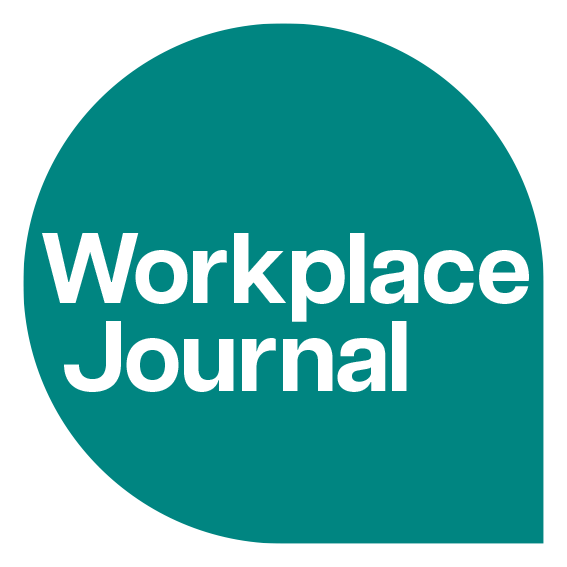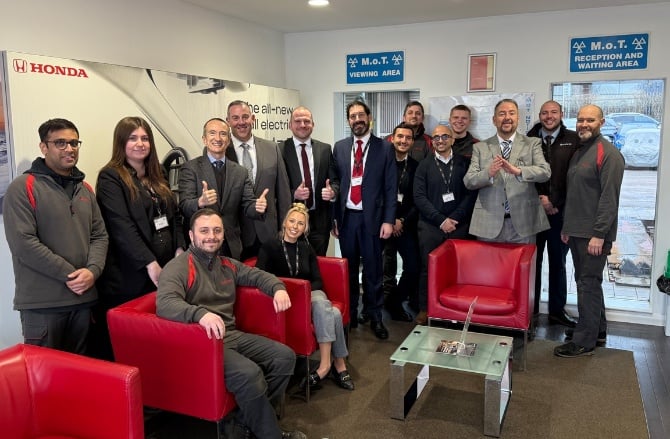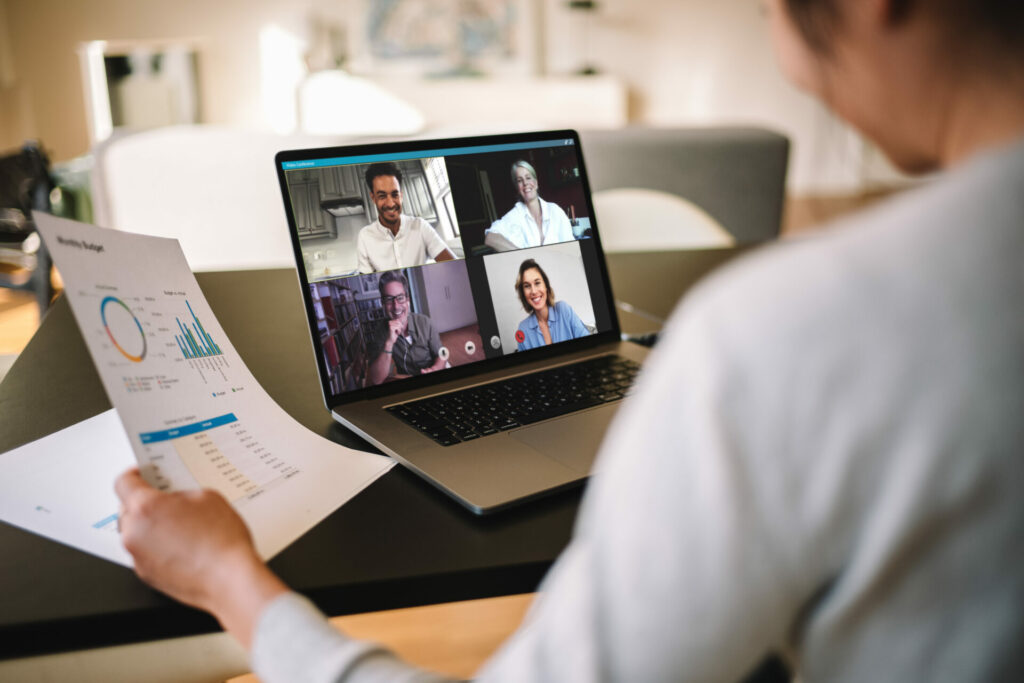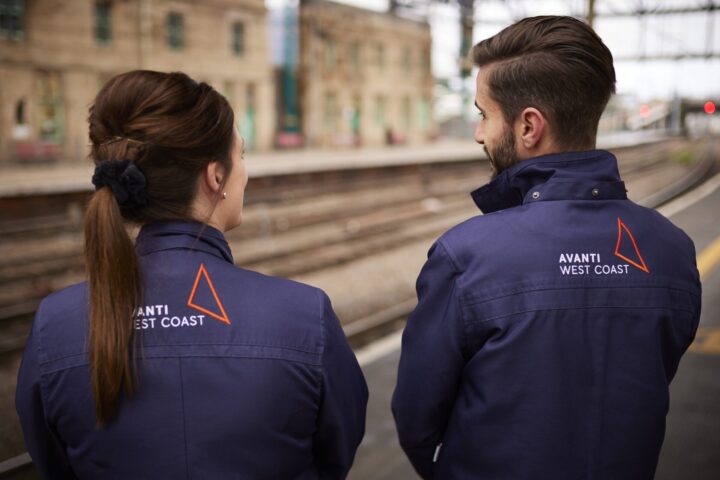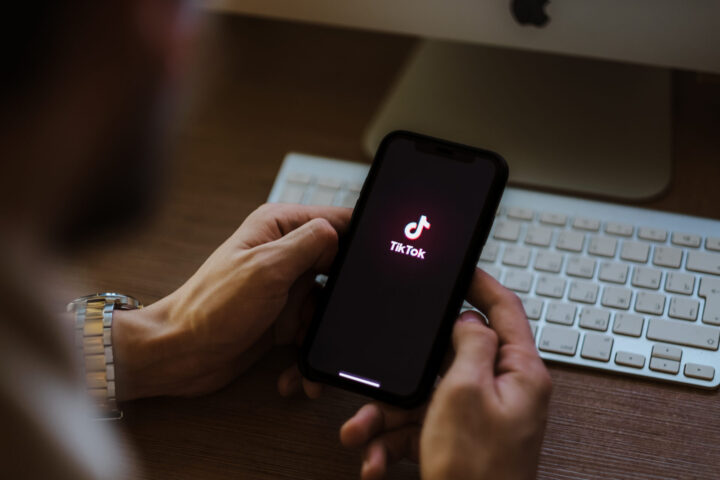The office photocopier was once the epicentre of workplace interactions. A place where colleagues gathered, exchanged gossip, and took brief respites from their busy days.
As digital advancements reduced the need for printed documents, these spontaneous encounters diminished somewhat.
However, key learnings have emerged from the move to the digital age. Namely, that the coffee machine is now where colleagues meet to catch up, and it’s far more productive than just spreading gossip, or to catch up over the weekend’s big match.
Many things have affected the office environment over the years, as dynamics have changed, new generations come into the workforce with new ideas, or ways of thinking, the social and economic impact of events such as the Covid-19 pandemic have altered working arrangements, and digitisation has given office space improved productivity, and fewer reasons to leave one’s desk.
This has led to many interactions only ever being via a video link, and focal points, such as the office photocopier, no longer a place to say ‘good morning, how was your weekend’, ‘did you catch the game’, or more crucially, ‘let’s grab five over a coffee to quickly discuss our client visit this afternoon’.
Likewise, in this shifting environment, modern employers are more focused upon results, than micromanaging people’s every movement, and staff are no longer chained to desks, clocked in and out, and are trusted to hit deadlines in a hybrid role. This has all led to a much more fluid office, where employees are meeting on the go, and being much more efficient with their time.
Social efficiency – from the high street to the office floor
It’s this efficiency that needs analysing. The rise of hybrid and flexible work arrangements has transformed traditional office dynamics. With employees splitting time between home and office, in-person interactions have become more intentional, and the coffee machine has become a point of interaction, and team cohesion.
But why coffee? Or for that matter, why any beverage? You only have to walk down any high street to see just how popular coffee shops are – not just by how many now populate our town centres but also by how busy they are.
What were all these coffee fanatics doing prior to this? My guess is not that they were all consuming copious amounts of caffeine in their homes, rather they had a different social focal point.
A 2024 study from Statista found that approximately 65% of consumers in the UK drink coffee two to three times a week or more, compared to about 23% of Brits who don’t drink coffee at all. In the same year, research by YouGov revealed that 78% of UK office workers see coffee breaks as vital for team bonding, while 64% believe that good coffee improves their overall job satisfaction.
There is strong evidence that office coffee enhances creativity, productivity, and collaboration within teams. While caffeine is widely recognised for boosting focus and reducing fatigue, the benefits of coffee go beyond its stimulating effects, encouraging social interaction and idea-sharing.
Regular breaks enhance focus and efficiency. The ‘Booster Break’ concept coined by Dr Wendell C Taylor back in 2010 is still very relevant today, as it emphasises that short, organised breaks during the workday can improve physical and psychological health, enhance job satisfaction, and sustain or increase work productivity.
From gossip to collaboration – shifting the focal points
Unlike the queue for the photocopier, coffee breaks are deliberate and dynamic. They contribute to a culture of open communication and collaboration and like the high street offering, they connect people.
Regular breaks are essential for mental and physical wellness. And, as the research above indicates, neglecting breaks can lead to fatigue and diminished decision-making. In addition, while photocopier chats often centred on gossip, today’s office coffee machine conversations are more collaborative, focusing on brainstorming and problem-solving, encouraging not only inclusivity and interaction across different age groups, but a positive office culture.
While the younger generations show a growing preference for beverages like smoothies and flavored water, reflecting evolving tastes and health consciousness, the Statista report referenced above cites that 63% of Baby Boomers, 58% of Gen X, 47% of Millennials, and 36% of Gen Z in the UK consume coffee regularly.
To accommodate the shifting focal points, and the cross-generational teams shaping office culture and ultimately, industry, we have witnessed this hybrid approach in the managed work spaces that have steadily complemented, or even replaced, the traditional bricks and mortar office.
And as hybrid working patterns emerge, companies are investing in creative breakout areas to maintain culture and connection. This evolution has created ‘coffee culture hubs’, as workers rent fully-serviced environments which align more closely to the high street coffee shop, than the traditional office.
As workplaces continue to evolve, the need for communal focal points remains constant. The coffee machine has seamlessly taken over the role once held by the photocopier, serving as a catalyst for collaboration, innovation, and a positive work environment.
By recognising and nurturing these informal ‘meeting places’, companies that provide the ‘coffee shop experience’ are also supporting inclusivity, communication and ultimately a more efficient culture.
Dan Lyon is the managing director of FreshGround
